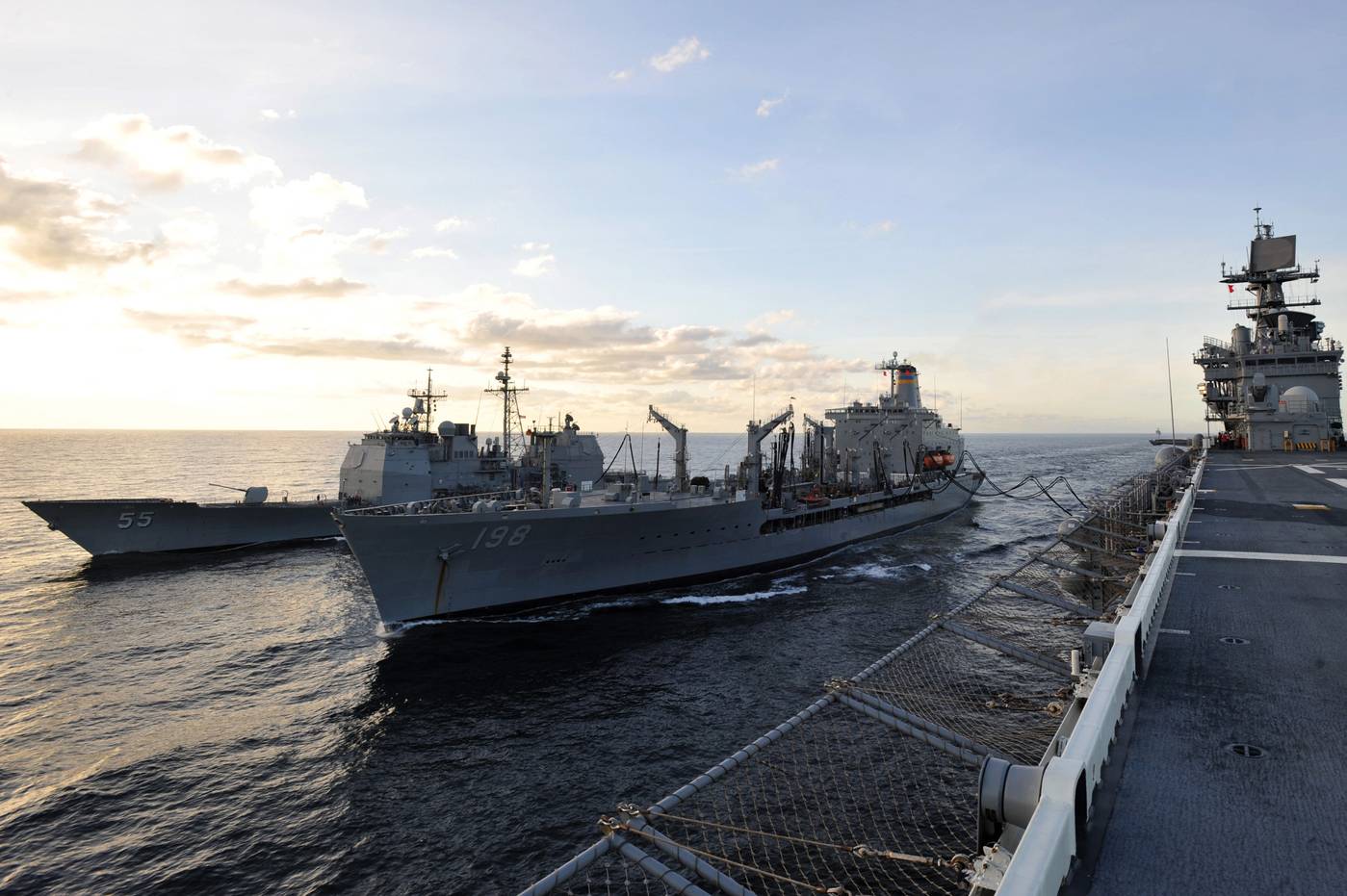The Final Word
U.S. Navy Shipbuilding
Revitalizing U.S. Shipbuilding Means Adopting A New Approach
As global competitors like China expand their fleets, the U.S. must act decisively, modernizing its shipyards and expanding its naval fleet to secure its position as a leading maritime power.
By George Whittier, CEO, Fairbanks Morse Defense
Shipowners must balance a range of risk factors in making decisions on technology adoption.
Photo: 123RFThe U.S. Navy's shipbuilding strategy is at a critical juncture. With global naval power dynamics rapidly evolving, the need to modernize and expand the U.S. fleet has never been more pressing.
Earlier this year, U.S. Secretary of the Navy, Carlos Del Toro visited shipyards in South Korea and Japan, not just to encourage investment in U.S. commercial and naval shipbuilding infrastructure, but to underscore the urgency of this need. Such investments are crucial for revitalizing the U.S. shipbuilding industry and ensuring its global competitiveness. Just look at how Austal’s investment in its Mobile Alabama shipyard has paid off. But this strategy only works if the U.S. Navy is committed to building more ships.
In the FY 2025 budget, the Navy requested funding for only six new ships, although some lawmakers are advocating for adding another Virginia-class submarine. Historically, the Navy has funded 10-12 ships annually, so this reduction, coupled with the planned decommissioning of 19 ships, could potentially and significantly impact the defense industrial base. At a time when the Navy should be accelerating shipbuilding efforts to maintain global competitiveness, this move might be seen as a setback.
The Navy attributes its reduced funding request to a backlog of ships. It’s not unwarranted, considering that a 45-day shipbuilding review ordered by Secretary Del Toro in January 2024 revealed that several of the Navy’s highest priority programs are behind schedule or over budget. Among these are the first Columbia-class submarine, the new block of Virginia-class submarines, the USS Enterprise aircraft carrier, and the first Constellation-class frigate.
This backlog stems from various issues, such as supply chain disruptions, inflation, labor constraints, and complex design processes.
To remain competitive, the U.S. must not just look to its Asian allies for investments, we must examine the efficient and cost-effective shipbuilding processes.
Although the U.S. maintains an edge in power capabilities, skilled sailors, and advanced technology, China is building more ships. Today, China, Japan, and South Korea produce 93% of the world’s commercial ships. China's Navy, with 370 vessels, surpasses the U.S. fleet of 291 ships.
China’s success is attributed to its national shipbuilding strategy, which treats shipyards as national assets. The U.S. can bolster its shipbuilding industry and enhance naval capabilities by adopting China’s approach, which includes modernizing shipyards and adopting efficient production strategies.

To emulate China’s approach, the U.S. must first address labor constraints. Unlike China, where rural workers migrate to urban areas for shipyard jobs, American workers have diverse employment opportunities, even at competitive shipbuilder wages. Moreover, higher retirement rates further strain the workforce, with many skilled nuclear shipbuilders retiring. For instance, in 2020, Bath Iron Works hired 1,800 new workers to replace retirees, highlighting the challenge of recruiting large numbers of skilled workers.
Interestingly, small to mid-sized shipyards and maritime defense suppliers in the Midwest do not face the same labor issues as larger shipyards. These untapped, underutilized resources could be leveraged to accelerate shipbuilding.
The automotive industry’s decentralized production model could serve as a blueprint for shipbuilding, promising immediate benefits without significant investments. For instance, building components in St. Louis and utilizing the Mississippi River as a transportation corridor to streamline logistics can facilitate the seamless integration of components into shipyards. Likewise, small and mid-sized shipyards present viable alternatives for building modules or components that can be transported to larger shipyards for assembly, expediting the production of critical platforms such as amphibious vessels and submarines.
Secretary Del Toro's discussions with Japan and South Korea about investing in U.S. shipyard modernization highlights the need for substantial investment. While the Shipyard Infrastructure Optimization program's 2021 investment yielded success, further modernization is essential.
While the Secretary insists that American shipbuilders make greater investments in their own shipyard modernization to better serve the Navy, it’s unlikely that private industry will fund these upgrades without a guarantee from the government that the Navy will commit to building more ships. The industry needs consistency and transparency from the Navy about its long-range shipbuilding plans and contracts backed up by demand signals that say the Navy is moving full speed ahead to achieve a fleet of more than 350 ships. Otherwise, it’s difficult for shipbuilders to know exactly where to focus investments into upgrades, inventory, and labor.
As global competitors like China continue expanding their fleets, the U.S. must act decisively, modernizing its shipyards and expanding its naval fleet to secure its position as a leading maritime power. The path forward demands bold investments and strategic foresight to build a stronger, more resilient Navy equipped to maintain the freedom of our seas.
About the Author
George Whittier is CEO of Fairbanks Morse Defense, a principal supplier of leading marine technologies, OEM parts, and turnkey services for maritime defense.